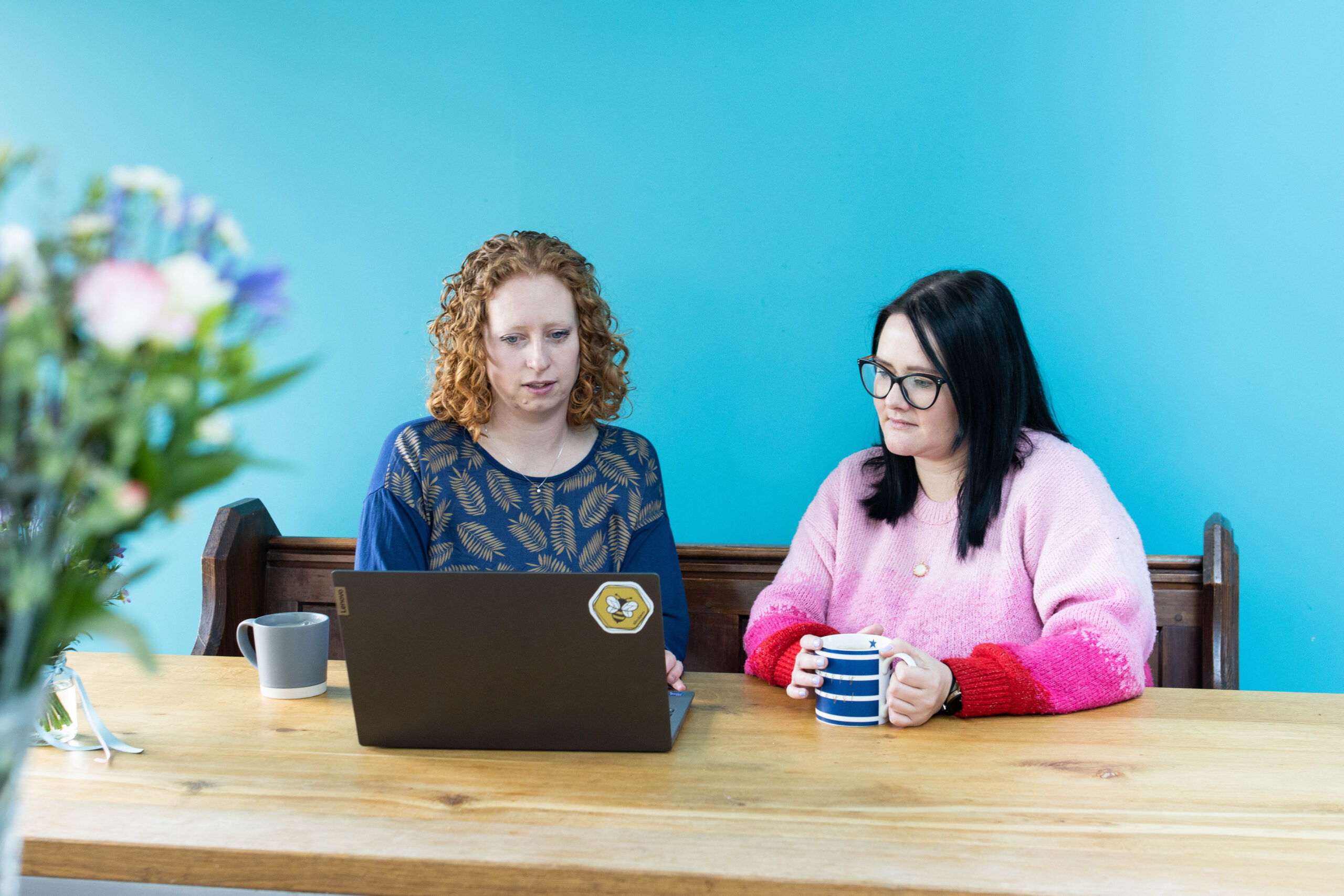
Mar 11 - 1 minute read
What on earth is a Payment on Account?
HMRC make you pay these if your self assessment tax bill is over £1,000. But what are they?

The words ‘tax return’ are enough to make most self-employed people break out in a cold sweat.
Even if we, here at Blueleaf love them, we realise that others might not.
And just when you think you have your head around them, there is this mystical thing called a payment on account.
What on earth are ‘Payments on Account’?
Think of this as HMRC’s clever way of preventing a financial heart attack. Instead of saving up for one massive tax bill that could rival your annual holiday budget, you’ll make two smaller payments throughout the year.
It’s their way of saying ‘well done, business is good, we are so pleased, we’d like some more of your taxes early please’.
How these payments actually work
It works like this:
– Your tax return is completed, and you owe £1,000 tax for the year that has passed. Wonderful. HMRC would like that £1,000, but they would also like another payment of £1,000, which will go towards your next tax bill.
– 31 January (at the latest) you pay the £1,000 in tax owed.
– On the 31 January you also pay £500 – this is half of the £1,000 bill but this £500 goes towards lowering the bill for the next year.
– 31 July – you pay another £500 (£500 31 Jan + £500 31 July = £1,00)
– The £1,000 overpayment goes towards lowering the tax bill for the upcoming self assessment
It’s basically spreading your tax bill because HMRC would rather have that money than let you keep hold of it.
Who’s invited to this tax party?
Not everyone gets the pleasure. You can dodge these payments if:
– Your tax bill was less than £1,000
– You’ve already paid more than 80% of your tax through other means (like PAYE tax code magic)
Crunching the numbers
Calculating your payments is simple:
- Check last year’s tax bill – take off the class 2 National Insurance payment
- Divide by two
- Job done
When payment on account changes:
Self-employment is a changeable feast. That means:
– Earn more than expected? Prepare for a potential ‘balancing payment’ – this is when the payment on account does not cover the tax owed. For example, you have prepaid £1,000 but your tax bill actually is £1,250 after the tax return is finished. The balancing payment is £250.
– Earn less than the previous year? You might get a cheeky tax refund (rare, but not impossible)
Payments on account are helpful once you get into the rhythm of things. However, in the first year, they can be a bit of a killer for cash flow.
That is why when we speak to start-up businesses in their first year, we always say to put away as much as you can afford. If it’s a good year, chances are that there is payment on account due.
Survival guide for the self-employed
- Budget Like a Pro: Squirrel away money like it’s going out of fashion
- Track Income: Become best mates with your spreadsheets/software
- Professional Support: When in doubt, it is always best to ask for professional support.
Need a lifeline?
Here at Blueleaf we genuinely wake up in the morning and get excited about accounts. Not many people can say that, but it is our mission to help our clients understand their accounts. You might not end up getting as excited about numbers as we do but, at the very least, we aim to equip our clients with the confidence they need to tackle their accounts head on without feeling like they want to run away and hide back under the duvet.
Not feeling confident? Give us a call.
Disclaimer: This guide offers friendly advice, not a get-out-of-jail-free card. Always chat with a qualified accountant about your specific situation.








Comments